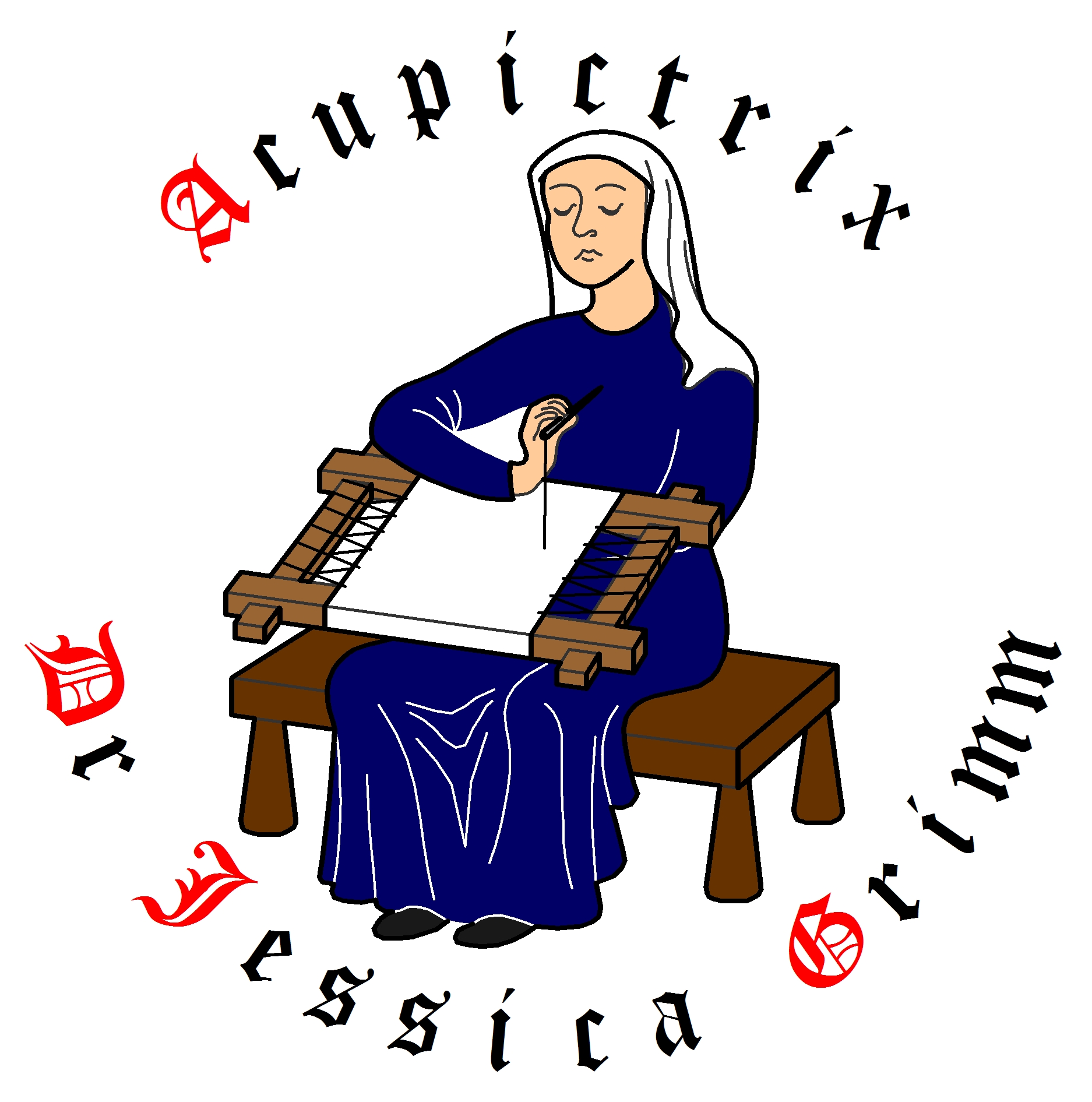Your basket is currently empty!
Tag: Late Medieval
-
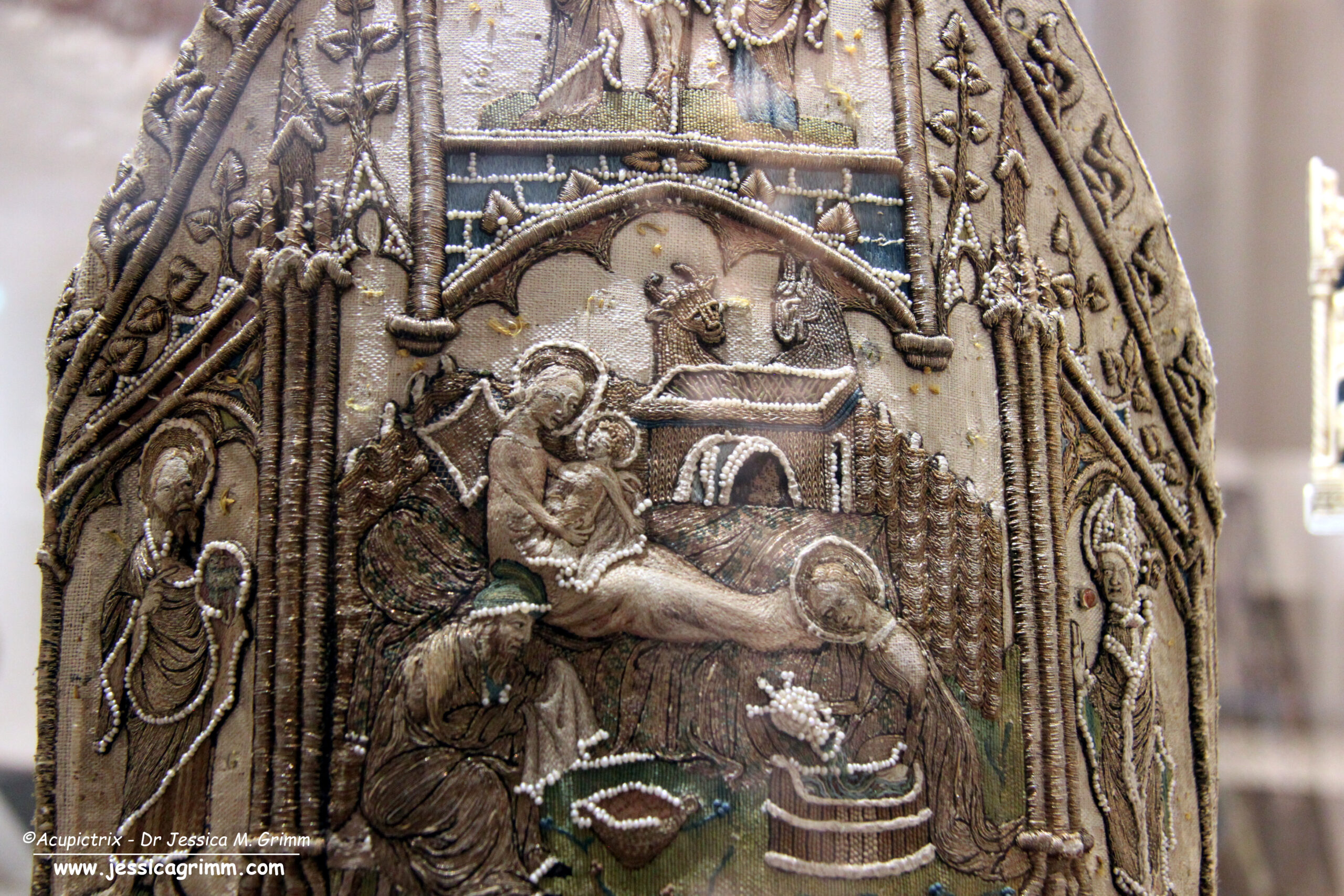
Last week, we looked at the pearl-embroidered mitre of St Isidoro, which dates to the second quarter of the 14th-century. Today’s pearl-embroidered mitre is slightly younger and dates to the last quarter of the 14th-century and was likely made in Paris. It was once housed in Sainte-Chapelle, the 13th-century royal chapel in the heart of…
-
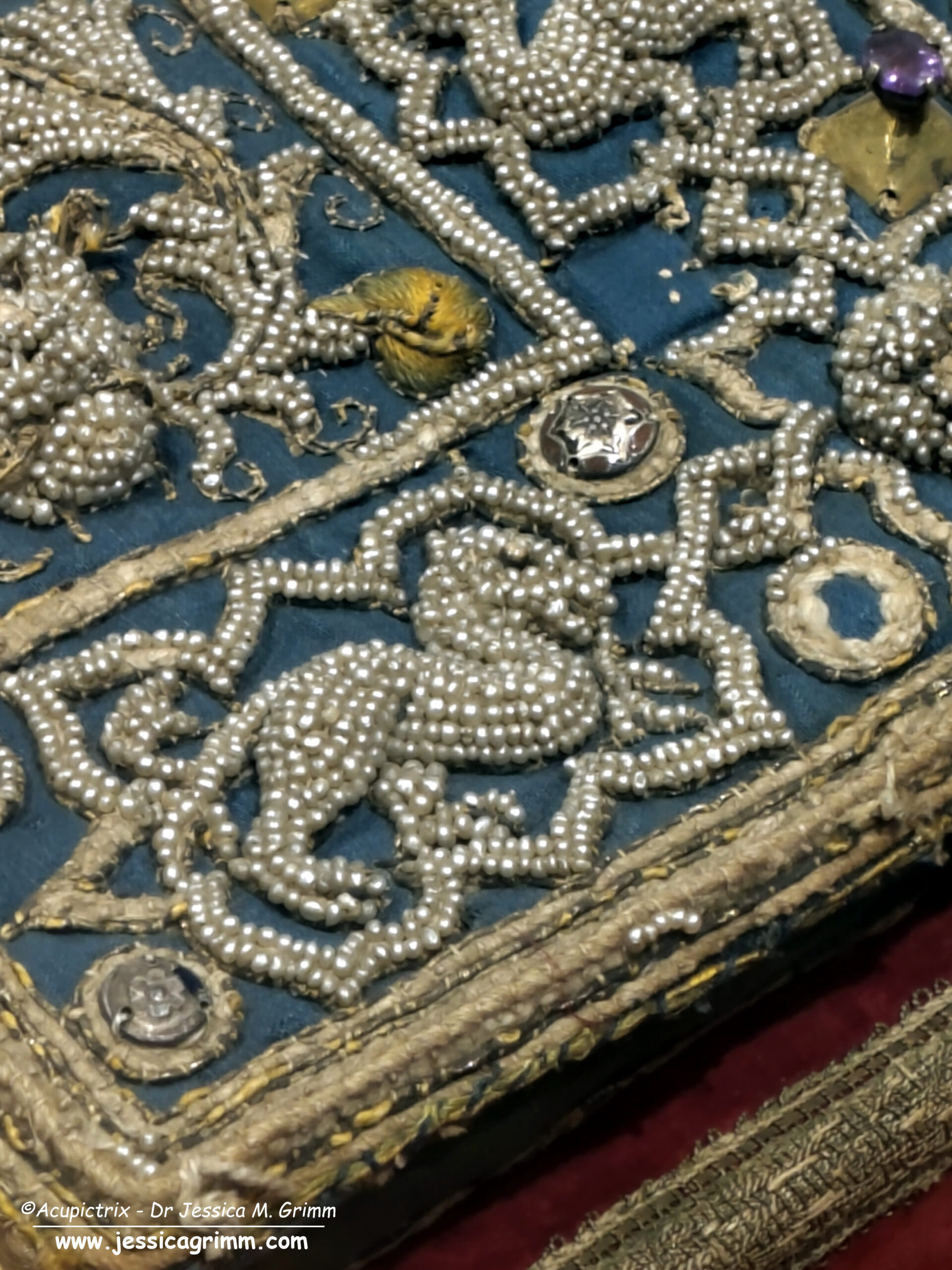
The Saint Stefano church, one of the churches of the seven-churches complex in Bologna, houses a spectacular pearl-embroidered mitre from the second quarter of the 14th century. The iconography is not your average Christian fare with dragons, birds, and lion masks amidst foliage. It is, in fact, so rare that no comparable pieces are known.…
-
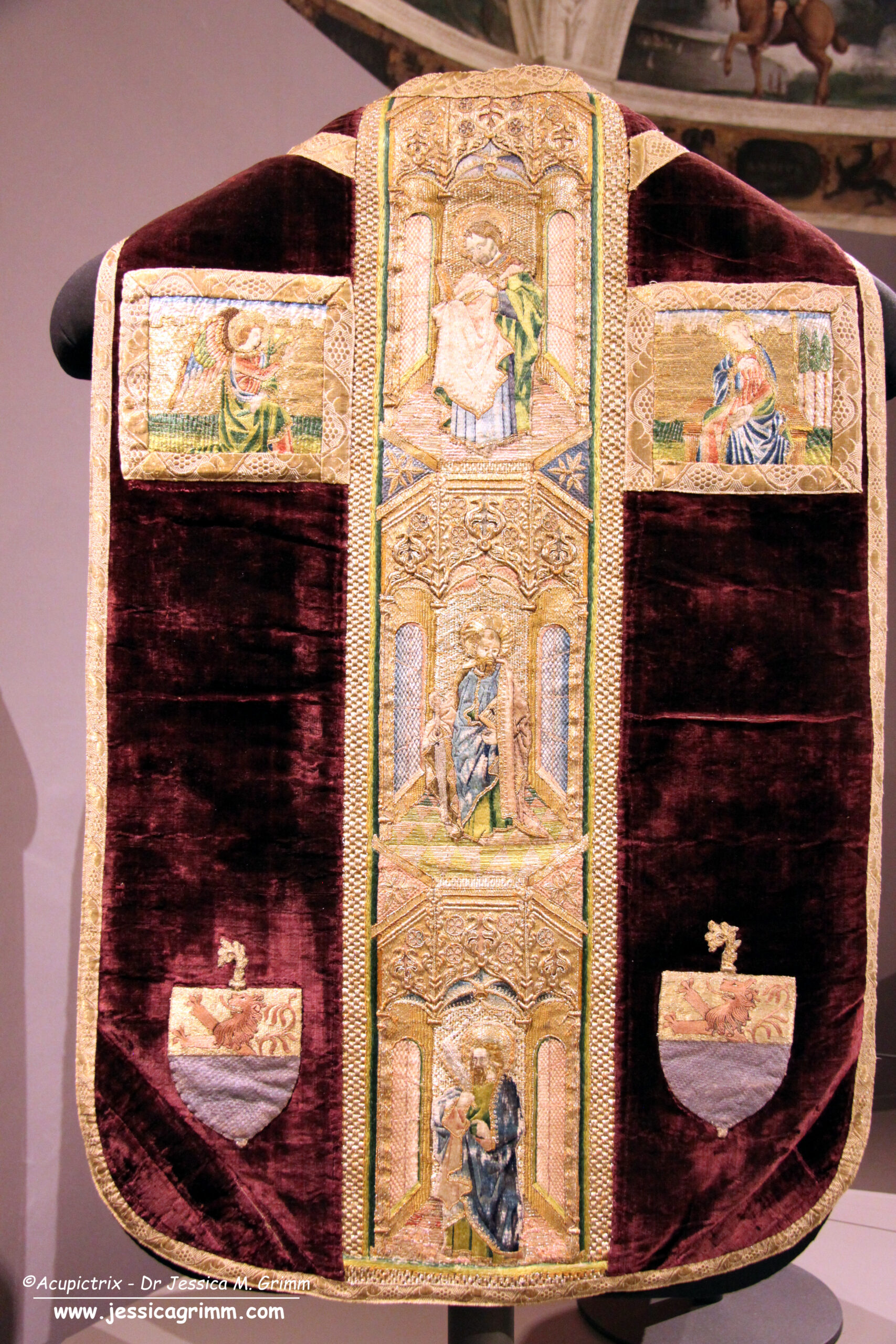
By now, you probably know that chasing embroidered medieval vestments is kinda my thing :). Although I am fortunate enough to be able to travel regularly, a lot of my research happens behind a computer screen. Trailing through publications, especially the literature references, is how I find new-to-me pieces. And related information to these pieces.…
-
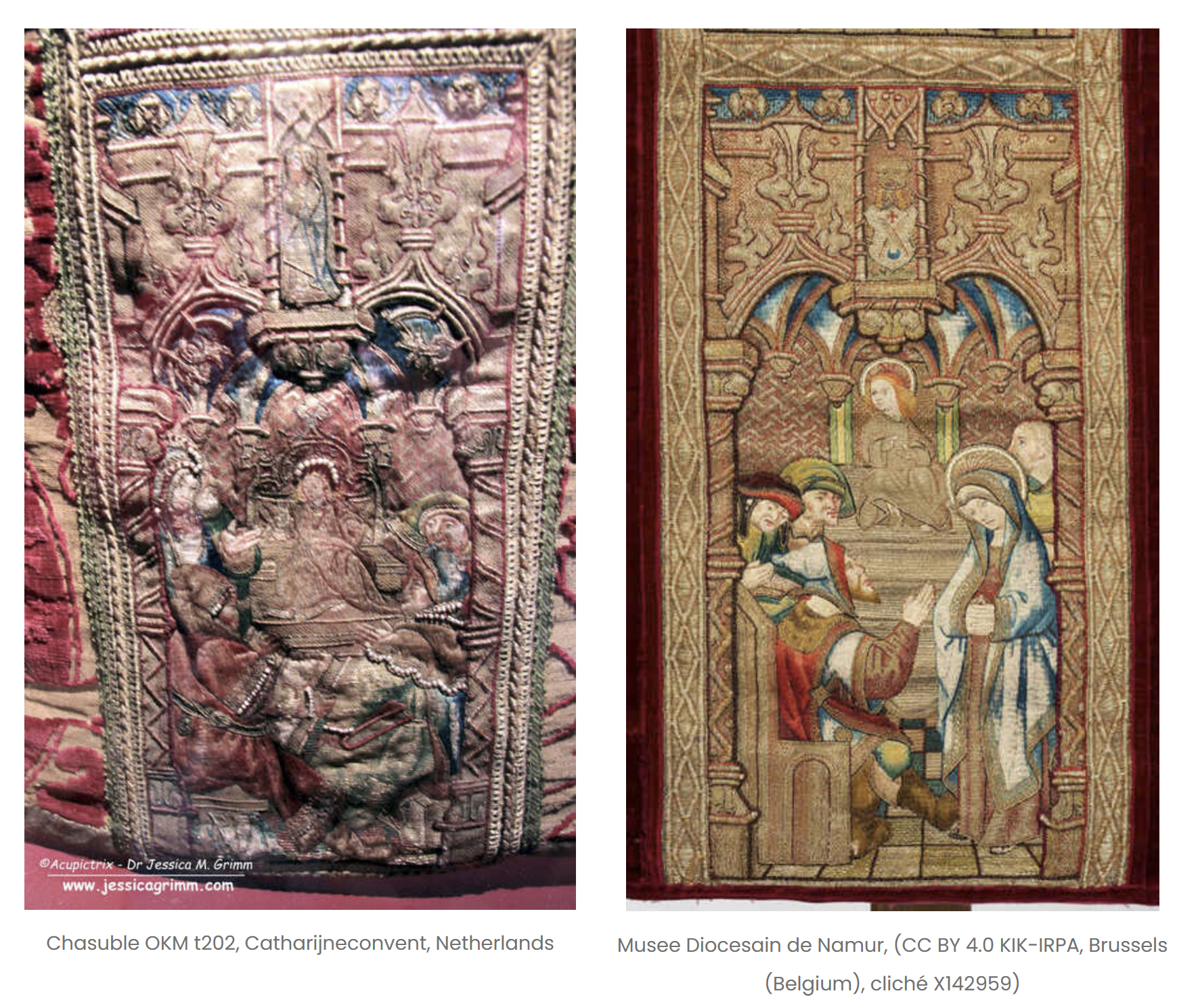
Last week, we looked at five different embroidered versions of the same Adoration of the Magi design. By changing materials and embroidery techniques, these late 15th and early 16th century embroideries look quite different from each other. The scene was part of four chasubles and a loose chasuble cross. But what about the other scenes…
-
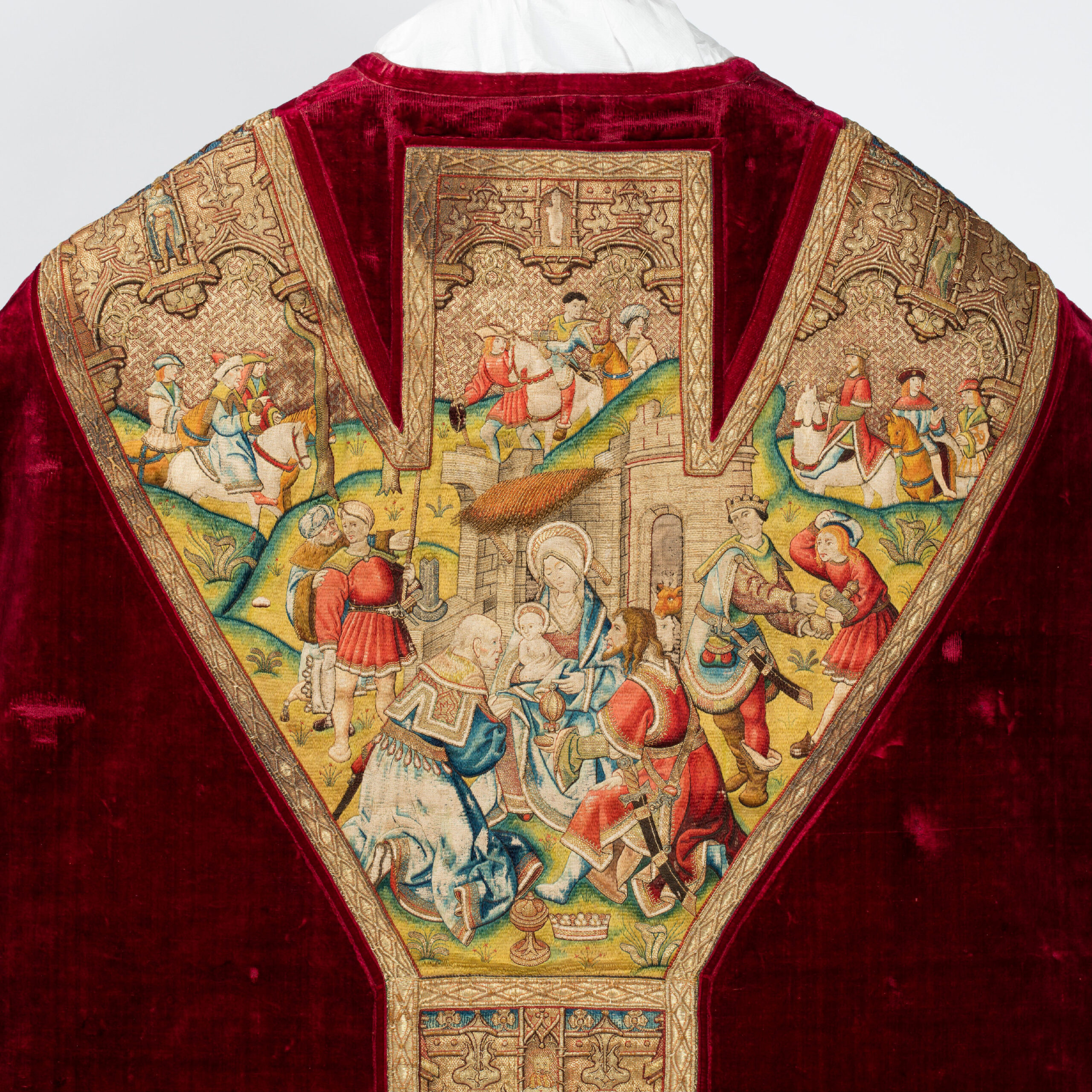
If you have followed this blog for a while, you already know that medieval goldwork embroidery was mass-produced. The designs were used more than once, sometimes even on the same vestment. Survived have mainly the simpler single-figure orphreys or the, possibly block-printed, naive embroidered scenes from Germany. But that’s not all. Even very complex scenes…
-
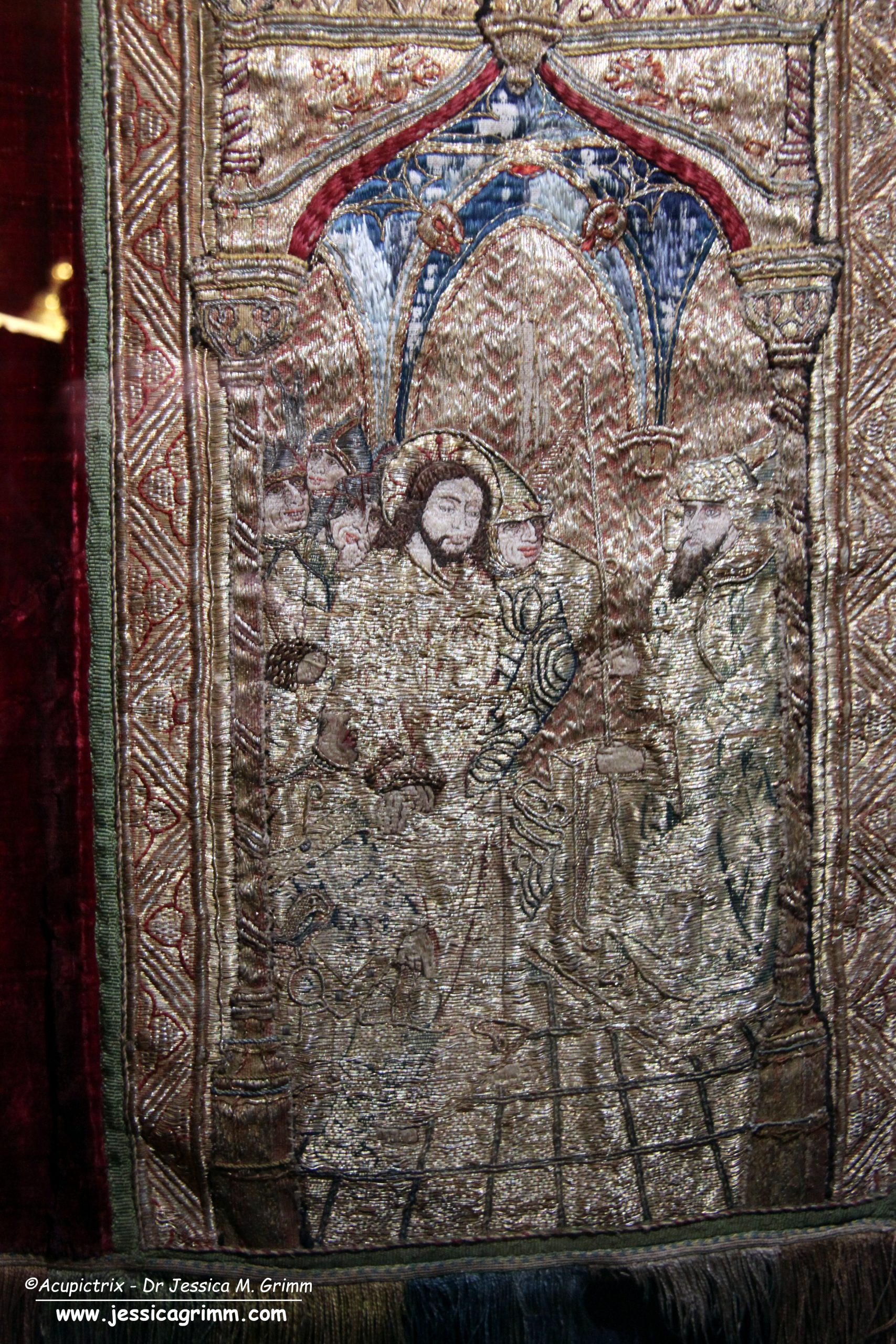
Last week, I wrote about the embroidered late medieval vestments on display in the St Nicolai Church in Kalkar. We looked in depth at the richly embroidered chasuble donated by Wolter van Riswick in AD 1530. This week, we’ll examine a splendidly embroidered cope and dalmatic, also kept in the church in Kalkar. These vestments…
-
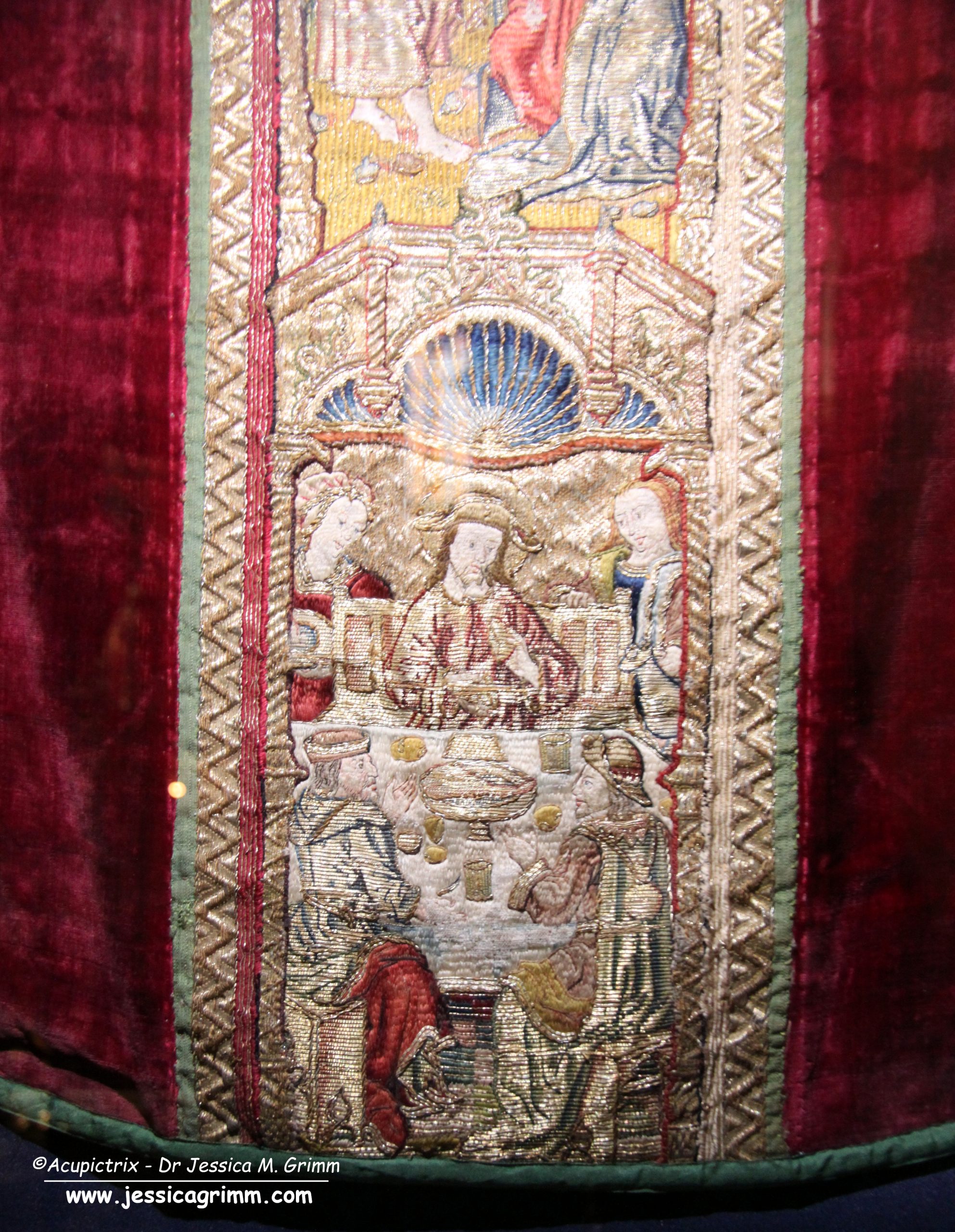
Last year, I visited the St Nicolai Church in Kalkar. The church inventory lists more than 100 medieval vestments in AD 1543.
-
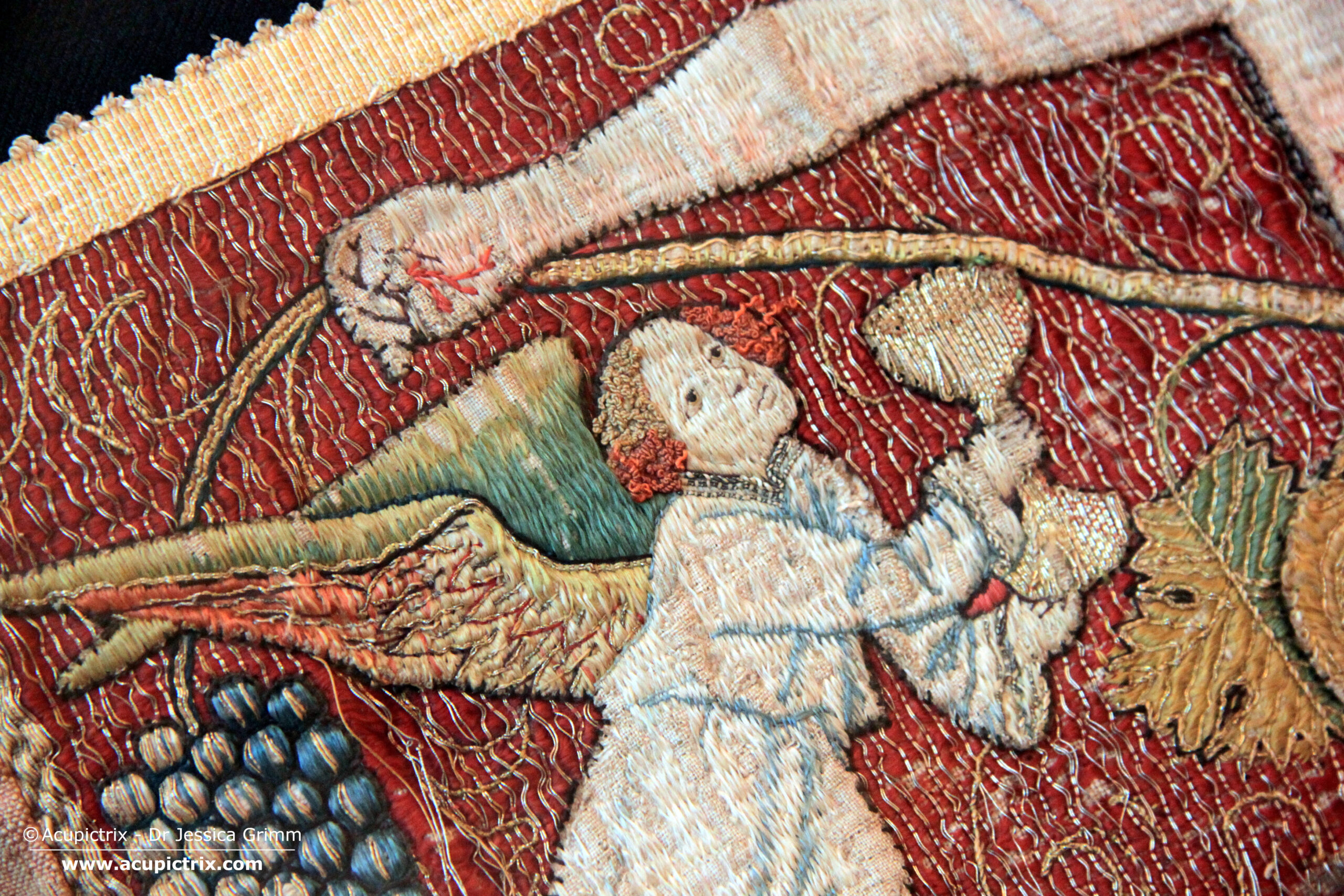
Let’s delve into the fascinating world of a unique embroidery crafted around AD 1500 in the Middle Rhine Area. This medieval embroidery masterpiece, housed at the Dommuseum Mainz, is a testament to local artistry. Its iconography is truly one-of-a-kind. It’s reminiscent of the whimsical art photographs by Anne Geddes, but instead of babies nestled in foliage, we…
-
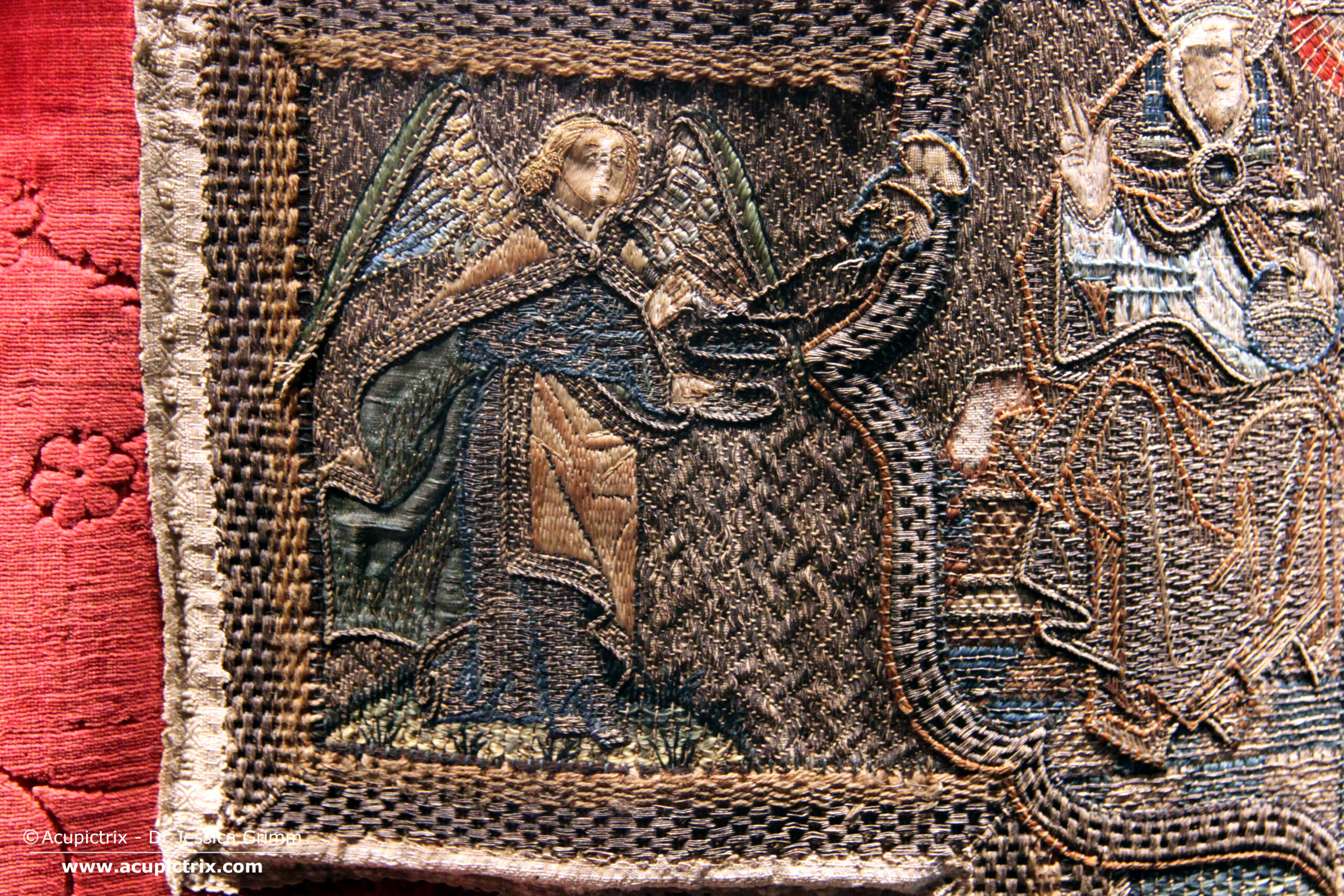
After a successful week of teaching for Creative Experiences in Les Carroz, France, I decided to drive a further 330 km to visit Le Puy-en-Velay. The Cathedral Treasury houses the Cougard-Fruman textile collection. Judging from the catalogue, the collection comprises around 180 pieces. Most of it is liturgical textiles. And a few pieces are medieval…
-
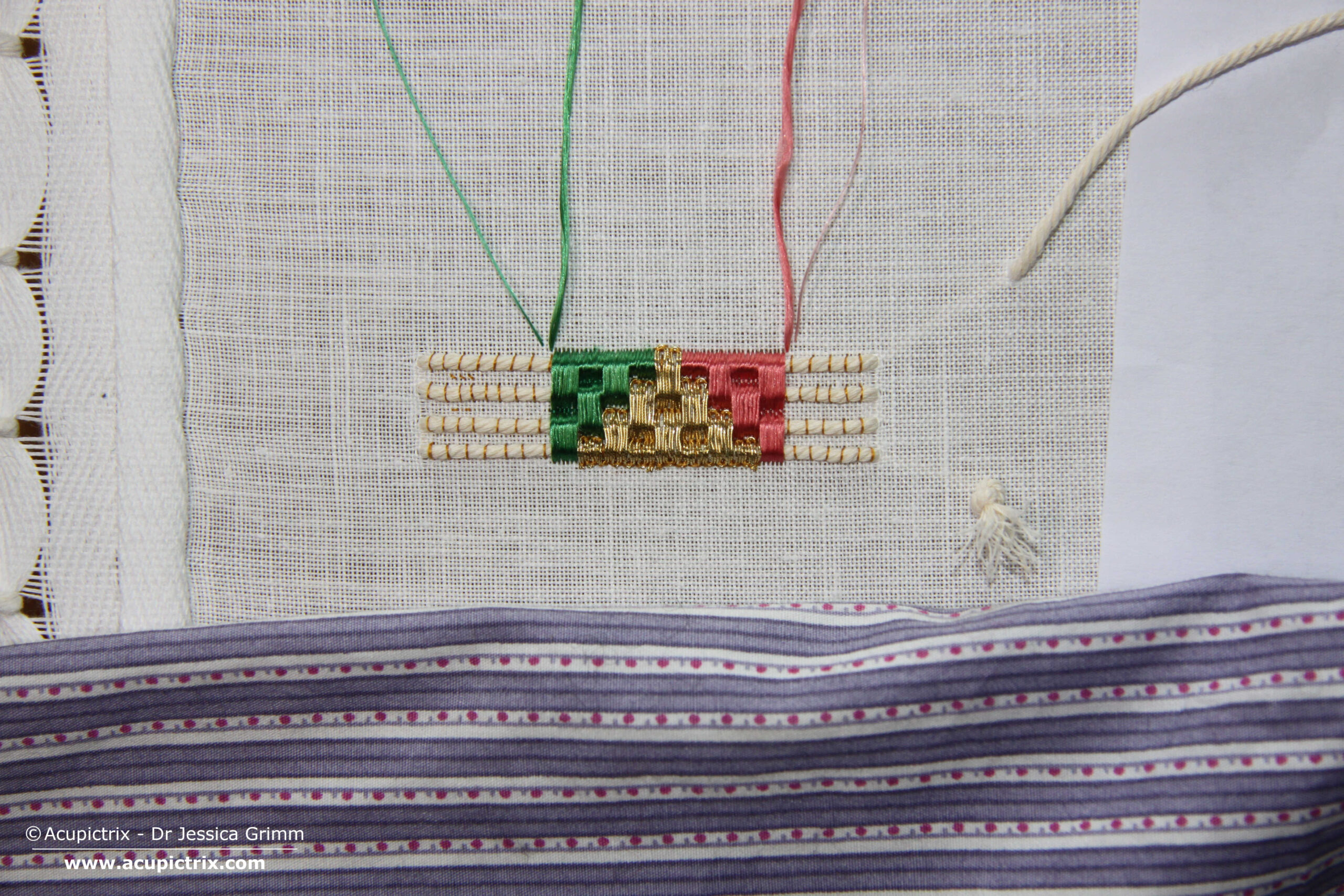
This week, I have a goldwork embroidery tutorial for you inspired by a late 15th-century embroidered chasuble kept in the Domschatz of Fritzlar. It has these lovely textured bands or borders between the individual orphreys. The border is made by couching gold threads and coloured silks over string padding. It seems to be a very…
